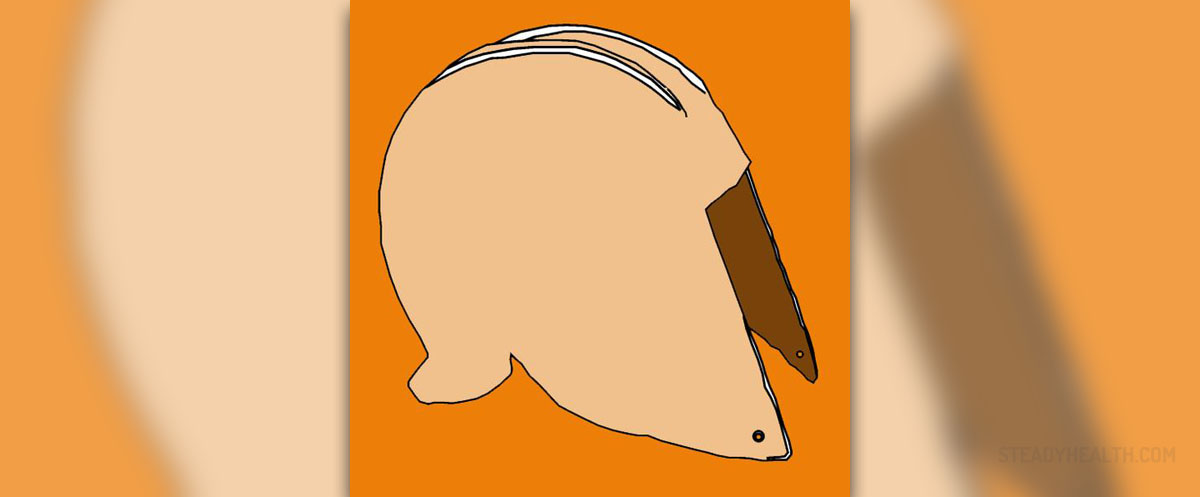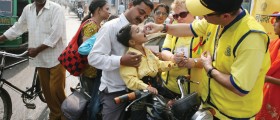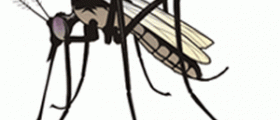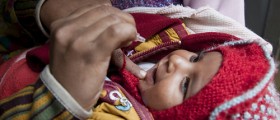
Poliovirus infection of the spinal cord and brain stem is identified as the cause acute poliomyelitis. This disease affects the anterior horn motor neurons in these areas of human nervous system, causing the loss of these motor neurons and thus leading to denervation of skeletal muscles associated with motor neurons. Patients suffering from poliomyelitis therefore experience drooping asymmetric weakness and atrophy of the muscles as the direct consequence of muscle denervation.
In the United States, poliomyelitis is very rare disease due to poliovirus vaccine. The last recorded case of wild-type polio infection was in 1979 and since that time, there were only sporadically few reported cases of this disease per year. All of these cases developed in low-vaccination communities, due to live attenuated polio vaccine. However, there are some small epidemics of this disease among some isolated religious groups like Amish, who don’t participate in public health services and didn’t get vaccinated for different infectious diseases, including poliovirus.
Poliomyelitis Vaccination
Poliomyelitis was considered to be one of the worst infection diseases in humans, but thanks to the successful vaccination this no longer the case. The Global Polio Eradication Initiative started in 1988, by the WHO (World Health Organization). At that time, there was some 125 countries endemic for poliomyelitis. The campaign still goes on and the primary goal of vaccination (immunization) is to eradicate polio completely and prevent transmission of the infection to parts of the world free form this disease.
According to the 2010 WHO statistic, polio is still endemic in India, Nigeria, Pakistan and Afghanistan, while Sudan, Chad, Angola and Democratic Republic of Congo have or are suspected to have re-established transmission of polio virus.
Polio Virus Infection
Enteroviruses responsible for poliomyelitis belong to the Picornavirus family and these are RNA (ribonucleic acid) viruses. Type I of these enteroviruses is known to cause about 85% of paralytic illnesses.
People usually get infected through hand to mouth route and then the virus replicate for several weeks in the gastrointestinal tract. After that time, the virus drains into the lymph nodes and the blood and replicates there. Viral particles come into the brain via peripheral nerves or by crossing the blood-brain barrier and infect different parts of the central nervous system, causing chromatolysis, paralysis and atrophy of the muscles in affected individuals. Paralysis and muscle atrophy are found out to happen when a person loses more than 90% of neurons in the cord infected with polio virus.
















Your thoughts on this
Loading...